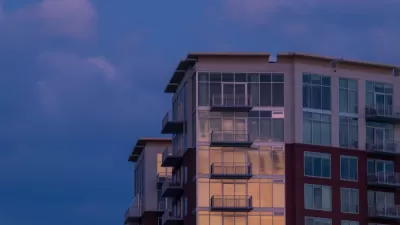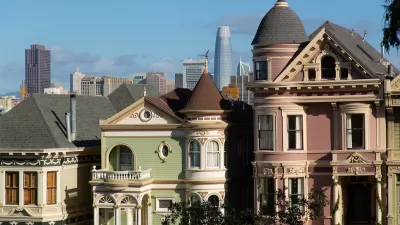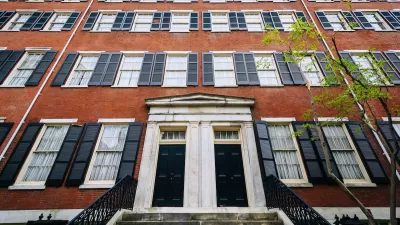In a precautionary essay about moving to another place, Chuck Wolfe explains tensions between simple and practical community life and newcomers’ arguably gentrification-laced expectations.

Wolfe writes that an evolving understanding of time and place must be based on the premise that every newcomer must respond humbly to land other than their own — even if it means abandoning expectations imported from elsewhere.
He illustrates his story through Johnny, a mover whose family has been in the area since Santa Fe’s founding in 1610, with repeated experiences with those who visit Santa Fe on vacation, fall in love with its surface beauty and promptly decide to relocate to the “City Different” with an imported NIMBY (not in my backyard) point-of-view:
His grandparents—in their mid-80s— live in a neighborhood his family has called home for generations. Increasingly, they find themselves surrounded by newcomers who express discomfort with their long-standing ways.
Something as simple as front yard parking—a practice that predates zoning laws and, to some, is simple and practical community life—has become a point of contention. Johnny explained that these new neighbors often arrive with rigid preconceptions of how a historic neighborhood “should look,” missing that his grandparents have maintained the practice for years.
In conclusion, he underscores what should be a first principle for today's planners: Genuine appreciation and administration of a place require a deeper understanding and respect for its complex and intermingled ecosystems (built, natural, and cultural) and a responsibility to approach them as thoughtful participants in a continuing story.
FULL STORY: About Roots: The Importance of Newbie Humility

Alabama: Trump Terminates Settlements for Black Communities Harmed By Raw Sewage
Trump deemed the landmark civil rights agreement “illegal DEI and environmental justice policy.”

Planetizen Federal Action Tracker
A weekly monitor of how Trump’s orders and actions are impacting planners and planning in America.

The 120 Year Old Tiny Home Villages That Sheltered San Francisco’s Earthquake Refugees
More than a century ago, San Francisco mobilized to house thousands of residents displaced by the 1906 earthquake. Could their strategy offer a model for the present?

USDOT Repeals Emissions Monitoring Rule
A Biden-era regulation required states to report and plan to reduce transportation-related emissions.

CaBi Breaks Ridership Record — Again
Washington D.C.’s bike share system is extremely popular with both residents and visitors.

San Francisco Opens Park on Former Great Highway
The Sunset Dunes park’s grand opening attracted both fans and detractors.
Urban Design for Planners 1: Software Tools
This six-course series explores essential urban design concepts using open source software and equips planners with the tools they need to participate fully in the urban design process.
Planning for Universal Design
Learn the tools for implementing Universal Design in planning regulations.
Clanton & Associates, Inc.
Jessamine County Fiscal Court
Institute for Housing and Urban Development Studies (IHS)
City of Grandview
Harvard GSD Executive Education
Toledo-Lucas County Plan Commissions
Salt Lake City
NYU Wagner Graduate School of Public Service





























